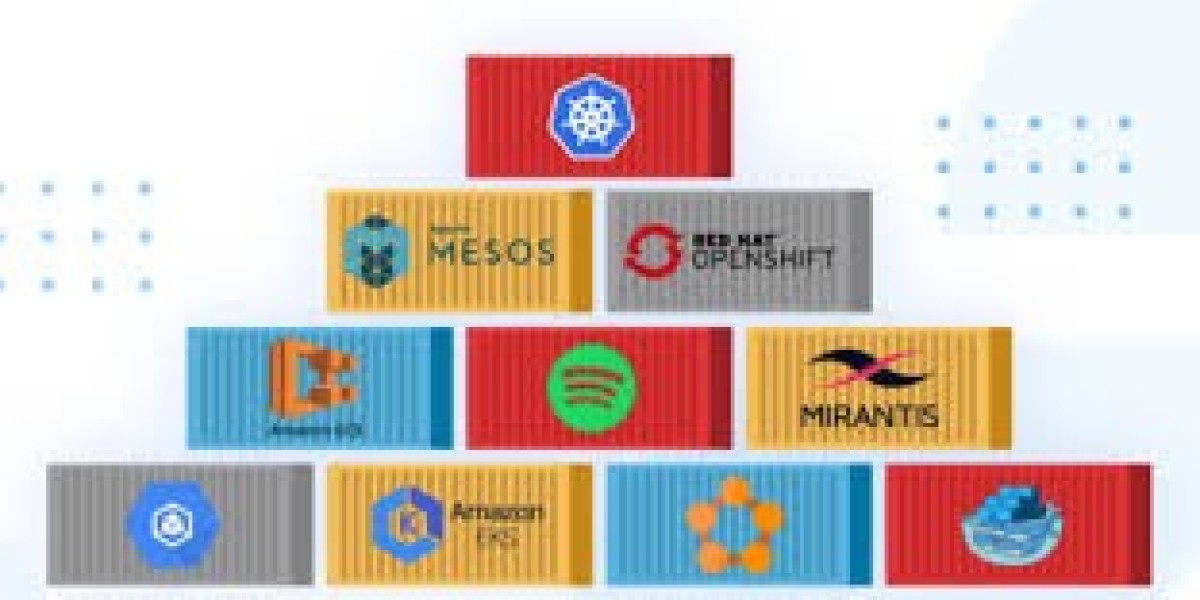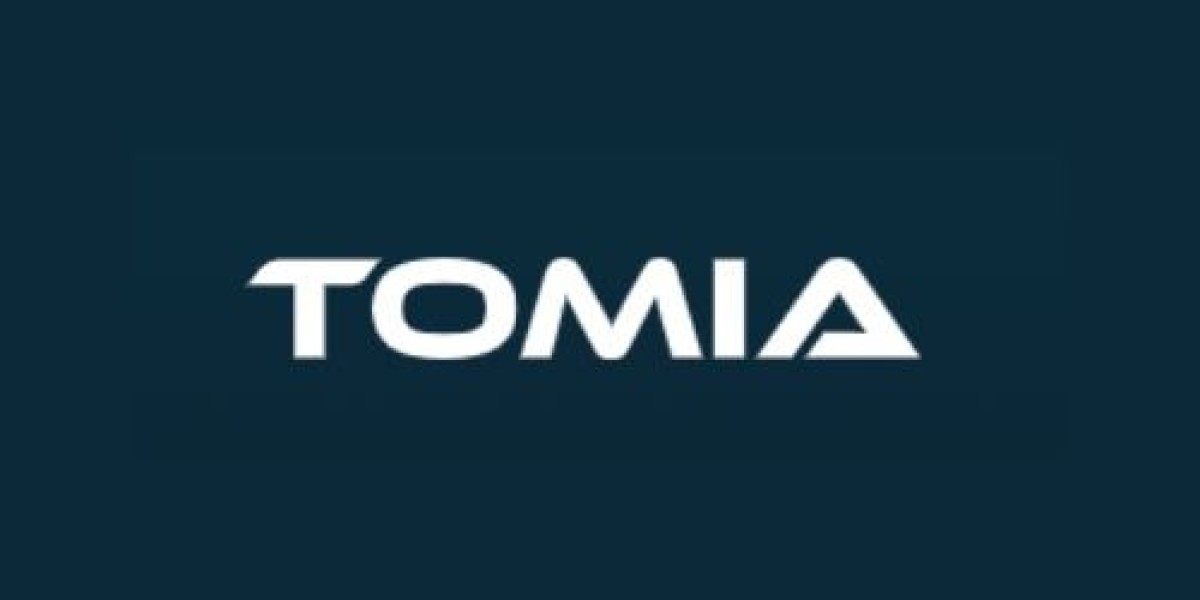The world of modern software delivery is ruled by speed, automation, and efficiency. Businesses striving to remain competitive must rapidly build, test, and deploy applications without compromising quality.
One of the most transformative approaches to achieving this is integrating DevOps containerization and orchestration services into Continuous Integration and Continuous Deployment (CI/CD) pipelines.
By decoupling applications from their environments and managing them dynamically, these services bring scalability, agility, and repeatability to your DevOps workflows.
In this article, we'll explore the ins and outs of containerized automation and how it supercharges your CI/CD processes backed by real-world strategies and solutions offered by Tkxel.
Understanding Containerized CI/CD
Containerized CI/CD is a DevOps practice where application builds, tests, and deployments run inside lightweight, isolated containers. These containers ensure consistent environments across development, staging, and production—eliminating the “it works on my machine” problem.
As businesses evolve, containerization becomes crucial for achieving faster release cycles, reduced risk, and superior developer experience.
What Are DevOps Containerization and Orchestration Services?
DevOps containerization and orchestration services involve using containers (like Docker) to package applications and orchestration platforms (like Kubernetes) to manage and deploy them at scale.
This approach lets teams:
Spin up services on demand
Scale workloads automatically
Roll back failed deployments seamlessly
At Tkxel, these services are tailored to maximize CI/CD efficiency, bringing clarity, control, and cohesion to complex software delivery pipelines.
Benefits of Containerization in CI/CD Pipelines
Speed: Containers start in seconds, allowing instant CI/CD execution.
Portability: Run anywhere—from laptops to production clusters—without reconfiguration.
Isolation: Dependencies and environments are fully encapsulated, reducing conflicts.
Repeatability: Every container run is consistent, reproducible, and testable.
How Orchestration Boosts CI/CD Efficiency
Orchestration tools like Kubernetes introduce:
Automatic scaling based on resource usage
Health checks and auto-healing
Blue-green deployments and canary releases
These capabilities mean your application can scale with demand and recover autonomously—keeping uptime high and stress low.
Architecture of a Containerized Pipeline
A robust container-based CI/CD pipeline includes:
Build stage: Containers are built from Dockerfiles, tested, and pushed to a registry.
Test stage: Containers are run in parallel test environments for functional, unit, and integration tests.
Deploy stage: Orchestration tools pull containers from registries and deploy them into clusters.
Real-Time Scalability and Auto-Healing
Container orchestration platforms:
Detect failed pods and restart them automatically
Scale services horizontally during traffic surges
Manage resources across nodes to avoid bottlenecks
All of this is crucial for enterprises with dynamic workloads and global user bases.
Microservices Deployment Made Easy
Containers naturally align with microservices architecture. Each service is isolated, independently deployable, and easily scalable.
With devops containerization and orchestration services, microservices become more manageable, and your CI/CD pipeline becomes more modular and efficient.
Key Tools Used in Containerized DevOps
Tool | Function |
Docker | Containerization of applications |
Kubernetes | Orchestration and management |
Helm | Kubernetes package management |
Argo CD | GitOps-based continuous delivery |
Jenkins X | Kubernetes-native CI/CD tool |
DevOps Best Practices for Containerized CI/CD
Use Infrastructure as Code (IaC) for pipeline configuration
Adopt GitOps for declarative deployments
Automate pipeline triggers for faster releases
Monitor CI/CD failures and optimize feedback loops
Security in Container Automation
Security must be embedded at every stage:
Scan containers for vulnerabilities
Manage secrets securely using tools like Vault or Kubernetes secrets
Use least-privilege access controls for orchestration services
Continuous Testing in Containerized Environments
Containers enable parallel testing environments that mimic production. You can:
Run multiple tests concurrently
Spin up disposable test containers
Automate rollback on failure
This speeds up testing and ensures software reliability.
Integrating Observability and Monitoring
Real-time visibility is crucial. Tools like:
Prometheus (monitoring)
Grafana (visualization)
ELK Stack (logging)
Enable proactive management of containerized pipelines.
How Tkxel Delivers DevOps Containerization and Orchestration Services
With deep DevOps expertise, Tkxel offers:
Custom Kubernetes setup
Scalable CI/CD integration
Security-first container strategies
24/7 support and optimization
They’ve helped clients across industries transition from legacy deployments to fully automated, containerized workflows.
Challenges and Solutions
Challenge | Solution |
Complex learning curve | Partner with experts like Tkxel |
Toolchain overload | Use integrated platforms |
Resource bottlenecks | Implement auto-scaling and resource quotas |
Container Registries and Versioning
Use platforms like:
Docker Hub
AWS ECR
GCR (Google Container Registry)
Tag images using semantic versioning and keep rollback images readily available.
CI/CD Metrics and KPIs to Track
Lead time for changes
Mean Time to Recovery (MTTR)
Deployment frequency
Change failure rate
Monitoring these KPIs helps fine-tune your pipeline for performance and stability.
Real-World Use Cases
Startups: Launch MVPs faster using modular containers
Enterprises: Migrate monoliths to microservices
SaaS platforms: Scale horizontally without service interruption
Cloud-Native Compatibility
Container orchestration integrates seamlessly with:
Amazon ECS/EKS
Azure AKS
Google Kubernetes Engine (GKE)
These platforms support autoscaling, monitoring, and cost-optimization natively.
Future of Containerized DevOps
The future is autonomous. Expect:
AI-powered observability
Self-healing CI/CD pipelines
No-code pipeline creation tools
Frequently Asked Questions
What is DevOps containerization and orchestration?
It’s the process of packaging applications into containers and using tools like Kubernetes to manage and deploy them efficiently across environments.
How do containers enhance CI/CD?
Containers offer consistency, scalability, and speed, making CI/CD pipelines more reliable and efficient.
Can orchestration improve deployment uptime?
Yes. Orchestration ensures auto-healing, load balancing, and rollback capabilities to maintain continuous service availability.
Is containerization secure?
With the right tools like vulnerability scanners, secure registries, and encrypted secrets—containerized environments can be highly secure.
Which tools are used in containerized CI/CD?
Popular tools include Docker, Kubernetes, Helm, Jenkins X, and Argo CD.
How does Tkxel support containerized DevOps?
Tkxel provides end-to-end containerization and orchestration services, helping businesses implement scalable and secure DevOps pipelines.
Conclusion
Containerization and orchestration have become the backbone of modern DevOps. By embracing devops containerization and orchestration services, businesses unlock faster releases, greater system resilience, and consistent deployment environments.
As CI/CD continues to evolve, companies like Tkxel ensure you're not just keeping up but leading the way.







